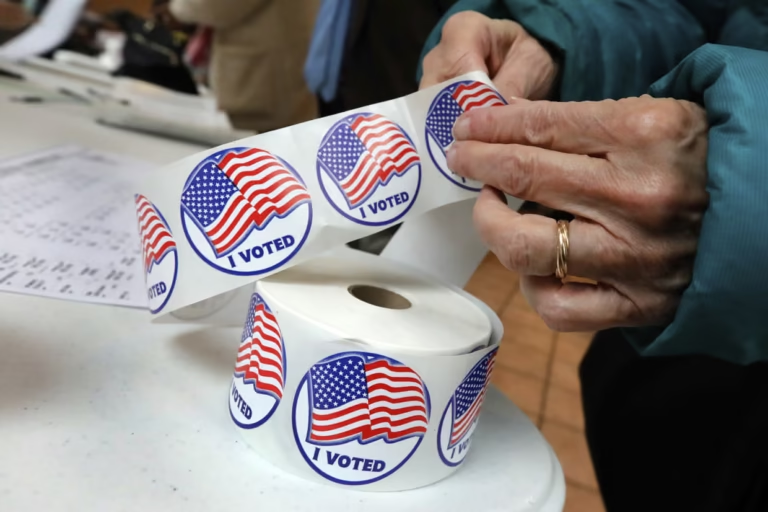A group of New Yorkers has filed a lawsuit against the state elections board, arguing that its congressional map illegally reduces the voting power of Black and Latino residents in Staten Island. The complaint targets the 11th congressional district, represented by Republican Nicole Malliotakis, and challenges the map approved by the Democratic-majority legislature less than two years ago.
The lawsuit is the latest in an ongoing battle over redistricting as both parties try to draw districts favorable to their candidates ahead of the 2026 midterm elections. Republican efforts in states like Texas to redraw maps have prompted Democrats in New York and California to act in response, though they face stricter legal limits in states with reform measures aimed at preventing gerrymandering.
“The Democrats are trying to respond, but they have much greater obstacles—legal obstacles—in their way in places like California and New York,” said Michael Kang, a law professor at Northwestern University and redistricting expert. He noted that past reforms create hurdles for partisan redistricting on a mid-decade basis.
The lawsuit was filed by Elias Law Group, which has previously handled redistricting cases for Democrats in Texas, Nevada, and Wisconsin. According to the petition, the district boundaries do not reflect the growing Black and Latino populations of Staten Island and violate the New York Voting Rights Act.
The filing states that current district lines “confine Staten Island’s growing Black and Latino communities in a district where they are routinely and systematically unable to influence elections for their representative of choice, despite the existence of strong racially polarized voting and a history of racial discrimination and segregation on Staten Island.”
Redistricting in New York faces additional legal constraints. A 2014 state constitutional amendment requires a commission, rather than lawmakers, to draw legislative districts. As a result, major changes to reduce gerrymandering cannot take effect until at least the 2028 election.
“The lawsuit seems to be a way that, if they are successful, to at least make some changes to one district,” said Shawn Donahue, a University at Buffalo political science professor and redistricting expert.
The case underscores the tension between attempts to prevent gerrymandering and the reality of partisan battles over district maps. Advocates for the lawsuit argue it is necessary to ensure fair representation for minority voters, while critics contend that mid-decade challenges may be politically motivated.
Analysts note that the outcome could have ripple effects beyond Staten Island. If successful, it may encourage similar lawsuits in other districts where population shifts are not reflected in existing boundaries. Observers also say it highlights the broader challenge of balancing legal safeguards with political strategy in redistricting.
As New York prepares for the 2026 midterms, the lawsuit adds to the legal and political battles shaping congressional representation. Both parties remain closely watchful, knowing that the composition of districts can have significant effects on election outcomes and party control in Congress.
The 11th district case may serve as a test of how courts interpret minority voting rights in redistricting, potentially influencing national approaches to ensuring fair representation for growing minority communities.







